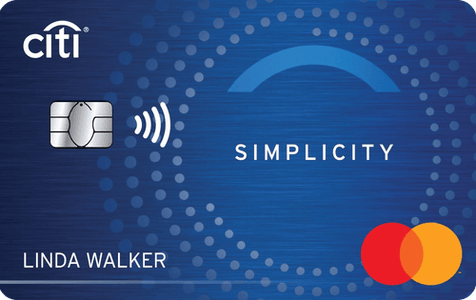
A VantageScore is a credit score that lenders use to evaluate potential borrowers. While credit card issuers often use it, many fintechs and installment loan lenders also use it. VantageScore credit scores have been used by nine out of ten national banks and credit unions.
FICO
FICO and VantageScore scores are used to calculate your credit rating. FICO scores must have at least six months worth of activity in order to be awarded a score. VantageScore does not care about how many accounts you have, or how frequently you use them. VantageScore doesn't require you to have a minimum credit history. However, it does require you to have at least one active credit card account.
VantageScore calculations are complex, and they can differ from one lender to the next. However, both scores can help you get a better picture of your credit score. A VantageScore 623 is considered to be a high credit score. It is close to the fair-credit cutoff.
VantageScore
VantageScore was created by three major credit bureaus in 2006 as part of a joint venture. Each of the three major credit bureaus owns 50% of the VantageScore management company. The credit scoring system is designed to aid consumers in making financial decisions.

The VantageScore model uses machine learning to determine a person's credit risk. This means it can rate people with limited credit histories. The company claims that it can rate up to 30 million people. Your VantageScore score may not show up if your credit history is new.
FICO 8
FICO 8 is based on similar calculations. VantageScore, however, differs in the weighting of its factors. The FICO score uses information found in the credit report to calculate your score, while the VantageScore relies on more personal details like income and political beliefs. VantageScore does not provide percentages for any factor but instead focuses on the "influential" ones.
Both FICO as VantageScore formulas consider payment history a major factor. FICO places payment history at the top of the list, while VantageScore ranks it as the third-most important. Your credit score is also affected by your credit history as well as the type of credit accounts you hold. VantageScore also examines credit usage. They recommend that you keep your balances below 30% of the credit limit.
VantageScore 4.0
VantageScore4.0, a revolutionary new model in credit scoring, is now available. It incorporates machine learning techniques to provide scores with more accuracy. But, a higher score does not always mean greater accuracy. While this model can affect your credit score, it won't affect the main factors that influence your credit score.
Many financial institutions use this scoring system, including banks, credit card issuers and utilities. Consumer websites are also incorporating the system into their websites. For example, if you are applying to rent a place, you will be asked to provide your VantageScore.

Tenant Data's vantage credit score
TenantData's VantageScore 30.0 scoring model, which TenantData has developed, will impact tenant screening and the rental industry. While the FICO score remains the dominant credit score in the industry, the new model is touted as a more accurate and predictive model. It features many important changes that are not only compatible with the current FICO credit scores range.
VantageScore can be defined as a number between 300 to 850. A score of 661 and higher is considered ideal. If the score is below 660, it means that improvements are needed. Tenants could pay off their debt and make regular rent payments to boost the VantageScore. These past and future rent payments are then reported to their credit report, which helps improve their credit score.